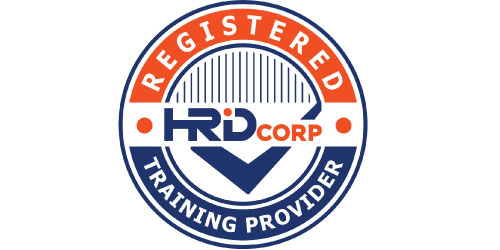Turning Data
Into Profits
Turning Data
Into Profits
Challenges
A typical manufacturing plant consists of many critical process parameters such as temperature, pressure, level of chemical/water, time setting, power supply, etc. which need to be monitored closed otherwise it may affect product quality and efficiency of a plant.
Traditionally, these parameters are monitored and recorded manually by production or maintenance personnel through routine patrol. This process has high chance of human error and low productivity. It can’t provide process trending to provide alert such that to trigger preventive measures. Since the data in hardcopy, it is hard for management to visualize the process performance and formulate long term plant performance optimization.
Solutions
SCADA (Supervisory Control and Data Acquisition) and HMI (Human Machine Interface) is a powerful data visualization solutions for manufacturing to help our clients transfer their real-time production and operational data into actionable information through graphically-compelling, functional, and intuitive user interfaces.
HMI is the apparatus which presents process data to a human operator, and through which the human operator controls the process. HMI is usually linked to the SCADA system’s database and software programs, to provide trending, diagnostic data, and management information such as scheduled maintenance procedures, logistic information, detailed schematics for a particular sensor or machine, and expert-system troubleshooting guides.

The HMI system usually presents the information to the operating personnel graphically, in the form of a mimic diagram. This means that the operator can see a schematic representation of the plant being controlled. For example, a picture of a pump connected to a pipe can show the operator that the pump is running and how much fluid it is pumping through the pipe at the moment. The operator can then switch the pump off. The HMI software will show the flow rate of the fluid in the pipe decrease in real time. Mimic diagrams may consist of line graphics and schematic symbols to represent process elements, or may consist of digital photographs of the process equipment overlain with animated symbols.
An important part of most SCADA implementations is alarm handling. The system monitors whether certain alarm conditions are satisfied, to determine when an alarm event has occurred. Once an alarm event has been detected, one or more actions are taken (such as the activation of one or more alarm indicators, and perhaps the generation of email or text messages so that management or remote SCADA operators are informed). In many cases, a SCADA operator may have to acknowledge the alarm event; this may deactivate some alarm indicators, whereas other indicators remain active until the alarm conditions are cleared.




Blue Ocean Data Solutions is a highly experienced company provides turnkey manufacturing solutions. With more than 10 years of experience serving a large customer base in manufacturing and hands-on expertise in programming, software and statistical data analysis combine with six sigma and lean manufacturing methodology, we assist our clients to solve complicated operation problems – yielding profitability increases and driving service and product delivery excellence.
Company
Contact Us